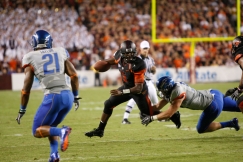The University of Tennessee has lost nine years in a row to the University of Florida, but athletic administrators hope that changes Saturday, October 4 with a big boost from Vol Nation trying to #CheckerNeyland.
The idea is to get fans to wear orange and white and create a life-size checkerboard, similar to the team’s iconic end zones. As one fan tweeted:
If the #CheckerNeyland idea actually works, there is absolutely no way we lose that game, in fact, Florida might forfeit.”
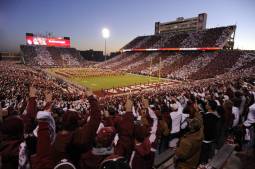 The grassroots effort started Saturday, September 13 when the Vols played at the University of Oklahoma. At that game, Sooners fans striped Gaylord Family Oklahoma Memorial Stadium for the third year. Spencer Barnett tweeted a few days later:
The grassroots effort started Saturday, September 13 when the Vols played at the University of Oklahoma. At that game, Sooners fans striped Gaylord Family Oklahoma Memorial Stadium for the third year. Spencer Barnett tweeted a few days later:
If Oklahoma can stripe their stands in shirts, I don’t see why this can’t be done in Neyland…. #VolArtConcept“
The idea quickly went viral! According to WVLT, fans and website developers Jonathan Briehl and Tim McLeod created CheckerNeyland.com where fans could type in their section, row, and seat to find out whether to wear orange or white.
UT Athletics got word of the idea and jumped on this collaboration and encouraged engagement with #CheckerNeyland. They tweeted a few days later:
It’s Florida Week! Time To #CheckerNeyland!: #VolNation, you asked for it! Make it a reality!”
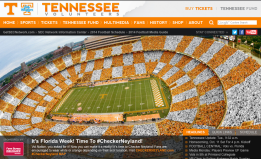 The school made the campaign a front-page story on their website, posted it on all social media platforms, and sent an email out to students, faculty, staff, fans, and alumni.
The school made the campaign a front-page story on their website, posted it on all social media platforms, and sent an email out to students, faculty, staff, fans, and alumni.
The school was smart in knowing it needed to find a way to interact with fans besides just sharing the idea. So, they created Twitter and Instagram images that say “I’m Wearing Orange! #CheckerNeyland” and “I’m Wearing White! #CheckerNeyland.” for fans to post on their own accounts.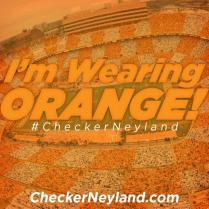
The idea not only has the school and fans excited, the team and Coach Butch Jones are also looking forward to it:
Saturday afternoon should be a great college football environment. It should be the best in the country.”
UT Athletics announced on Tuesday, September 30 that all 102,455 tickets were sold-out. The power of this lifestyle marketing campaign on social media played a huge role in selling all those tickets. Who wouldn’t want to be part of this incredible idea?!
Will all this work prove to be effective? Will this become an annual trend? Looks like we will have to find out on Saturday at noon. If it does work, the school can expect a lot of exposure from the national media sharing the images throughout the next week. If fans are debating whether to go to the next game, they may want to get tickets because it’ll probably be a sell out.
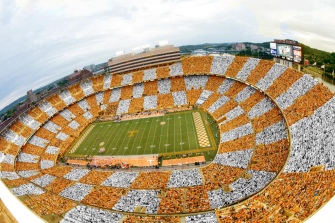


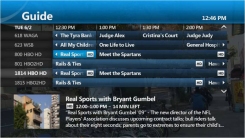


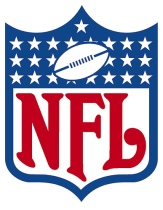 Football is football. The
Football is football. The 